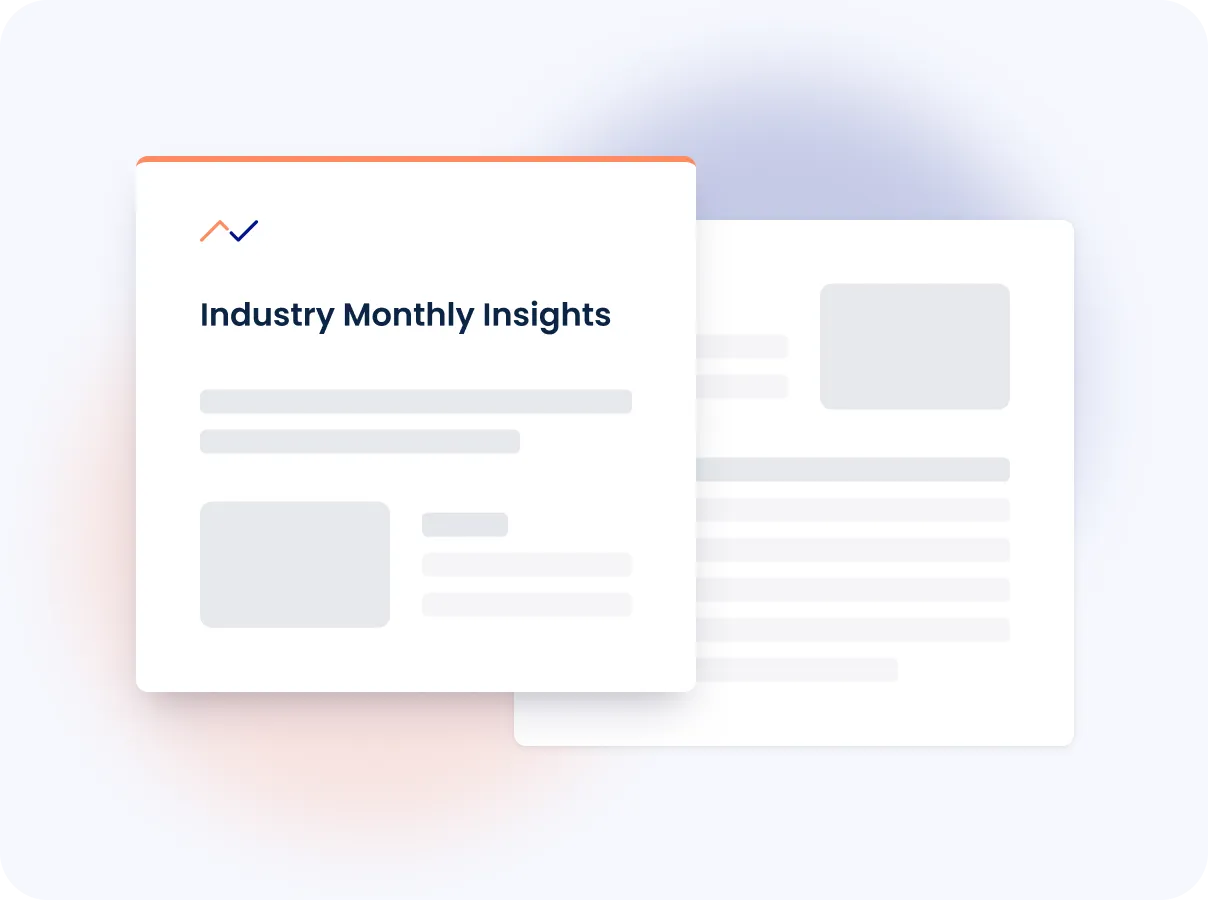The current COVID-19 crisis impacts any business, either directly or indirectly. There are multiple ways for a company to approach a crisis situation, and some are more effective than others. We find that data-driven business scenario planning is a very effective tool to assess the impact on the business and execute effective actions at the right time.
The 3 main errors in crisis management strategies
Each company tackles a crisis in its own way. There is an infinite number of approaches, and some work better than others. Assessing the various methods, there are three major errors that are often seen in crisis management strategies:
- Passivity: in order to navigate through a crisis successfully, not adapting a concrete crisis management strategy is not an option. A wait-and-see approach may seem like a dynamic approach, but in practice it only delays decision making. As a result, adaptation to new circumstances either takes up too much time or is done in unthorough fashion, which may both turn out costly for the business.
- Inflexibility: when a proper baseline strategy is set out, it is essential to keep monitoring the situation and adapt the strategy accordingly when necessary. Circumstances are constantly changing, and tunnel vision is always lurking. An excellent baseline becomes worthless when it is not being adapted to change, as the executed actions are not matching with the status the market is in.
- Lack of structure: structure is essential in setting up a crisis management strategy. Not applying a structured framework may lead to disregarding important & influential decisions. As a result, actions are based on incomplete information, and the executed strategy is a mismatch with the market situation.
Solution: data-driven business scenario planning
A tool that offers a solution to the three major errors is data driven business scenario planning. This methodology offers an organized, step-by-step method for business leaders to anticipate the future, and an objective tool to determine when and how to take action.
Using data-driven business scenario planning, a number of “potential futures” are shaped using so-called driving forces; external factors that the company has no influence on, but do impact the business. The most influential driving forces, or critical uncertainties, are then selected and used to create hypothetical scenarios. In each scenario, the driving forces impact the business differently. After creating the scenarios the impact of each scenario on the business is quantified, and an action plan is created for each scenario. The last step is to determine which scenario the business is currently in, and to execute the associated actions. This step is constantly repeated, and when the current situation changes, the associated actions are adapted accordingly.
The ‘data-driven’ part
What makes the process data-driven? In various steps in the process, both internal and external KPIs are used. Quantification of the impact of each scenario on the business can, for example, be measured by comparing your internal sales figures against market sales indicators and international trade flows. Data is also used to determine which scenario you are currently in. The use of data allows for an objective measure, which is essential in uncertain times where gut feeling and management experience are less valuable.
Five reasons to use data-driven business scenario planning
There are numerous advantages of using data-driven business scenarios. The five items listed below summarize why we believe that the framework is an essential tool in crisis management for businesses:
- Quantifying impact and determining actions through a structured framework
The process is built up of a simple yet effective pre-determined framework, which offers a guideline to quantify the impact of the market circumstances on the business. The quantification allows for a better judgement of the situation, and helps to create effective and concrete actions. - Anticipating to circumstances that would have not been thought of otherwise
Following the framework encourages to brainstorm excessively and take into account a wide variety of driving forces, impacting the business along different axes. Combining these forces in order to create the scenarios ensures that all potential circumstances are taken into account, even the ones that may have seemed unlikely. - Eliminating potential weaknesses before they can do any harm
By looking ahead and anticipating the different scenarios, one may run into potential problems that can be eliminated directly. While assessing the stability of the supply stream, you may find that the business has no secondary supplier of an essential ingredient in the product – it is now possible to start looking for a backup, before your main supplier cannot deliver or borders are closed. - Assessing the current market situation on an objective way
Despite data taking up an increasingly important role in today’s world, business leaders often still make decisions based on their gut feeling. Applying the framework, the current market situation is determined with the support of data resulting in an objective and unbiased assessment. - A tool to react to changing market circumstances quickly
As the framework results in a list of pre-determined actions for each scenario, it is possible to react to changing market circumstances instantly. While your competitors are struggling to adapt their strategy, you are one step ahead and able to adapt your strategy directly.
Want to know more about data-driven business scenarios? Read it in our whitepaper via the link below.






